The year 2009 is over. The great Q1 2010 is upon us. Many may argue that this will be one of the best years ever in terms of quality releases. (Not sold? Check out our big list of 2010.)
We know software will be abundant, but this year especially we will be introduced to several intriguing and potentially game-changing advances in videogame technology. Whether it’s for a console, handheld, or home computer we will be inundated with possibly exciting new ways to interact with our favorite games.
We’ve compiled a list of some of the more notable advances that we know of, but feel free to add more in the comments or to let us know what you are personally excited about.
Natal
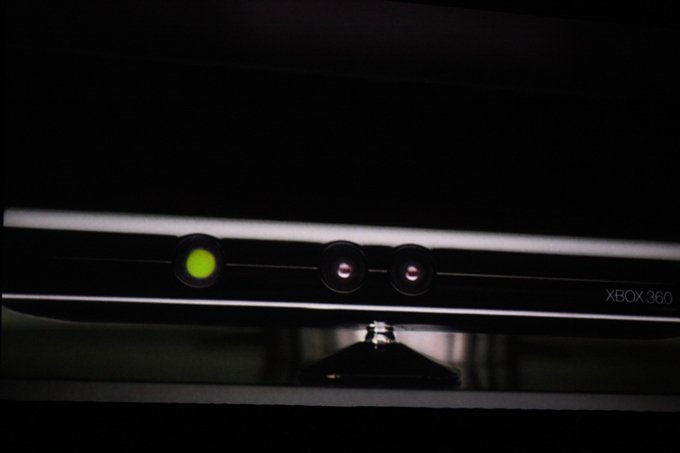
Microsoft’s Project Natal is set to be one of the biggest gaming interface advancements to debut since the Wii Remote some four years ago. Heck, it may be one of the biggest interface advancements in tech in a long time, period. Who needs a controller? Not us! Utilizing some camera magic and on-board software Natal can interpret unique voices, faces, and several layers of motion. Demos showed players not only acting out what they’d like they’re on-screen characters to do, but also interacting with voice and speech inflections. Imagine Fable III utilizing your facial expressions and tone of speech when engaging in conversation to determine how a tense moment will play out. Wave your arms in the air while watching a movie on Netflix and the movie rewinds, a la Minority Report.
In many instances the camera may not only become a nice addition to a game that we are currently playing, but may also ask us to play if we walk by our living room. This lifestyle involvement will help create connections between gamers and game characters like never before.
But, while the demos looked great and the promise is huge, it is still just that: promise. In the best case scenario Natal will not replace the controller we love, but compliment it, as well as leading to a different tier of gaming beyond what we consider the “Core” and “Casual”. In the worst case it may spill into non-gaming, complimenting user interfaces in department stores, airports, and swanky Vegas hotels.
Sony Motion Controller
Sony’s hybrid Wii Remote/Playstation Eye motion control method is possibly less fantasy than Microsoft’s Natal. Offering a very intricate system of camera recognition (including some facial interpretation) and a gyroscopic wand the controller allows for very precise spacial location as well as tilt and speed definition. Think of it as an extremely accurate WiiMote with added lite camera functionality. And, Core gamers typically want to hold a controller and not just wave their hands. Providing one with the best motion-tracking and top-notch visuals to tag along are a perfect match.
Sounds good, right? There are a couple issues, though. The Wii comes packaged with motion as its only method of control, whereas Sony’s motion control will require an add-on beyond what players may want to purchase. The control method alone may not be unique enough to make buyers switch over from a system they already own. Sony will need to sell to those who have not picked up a Wii yet — is there such a thing?
Vitality Sensor
Nintendo’s Vitality Sensor is an enigma. The technology will most likely appear in non-core games and apps as the N continues to position itself as the most user-friendly and lifestyle-helping product company for the 40-somethings of the world. Measuring heart rate, the sensor attaches to the current Wii Remote and provides feedback on the stress levels of the gamer user. As no software has been shown to the public, it is hard to guess how the product will work. However, a couple important points can be made.
The sensor can more add value if it is better integrated into the control, not just clipped onto a stationary finger on a table. Think: workout equipment. As you grab the handle in front of you while running on the treadmill your heart rate is monitored, providing accurate feedback of your vitals, calories burned, etc. Now, if the sensor equipment was somehow built into a WiiMote (or clipped onto its handle and interacting with palms instead of just fingertips) Wii Fit Vitality will be an instant top-seller. Otherwise, the attachment will be relegated to the pile of growing plastic Nintendo peripherals in the corner of our family rooms.
iPhone 4G
We know this is coming. The NEXT next iPhone. According to the nebulous “sources close to the company” the iPhone 4G will have higher-res visuals, a better screen, better wireless & wifi, and much better graphics processors. What does this mean for the already-biggest selling games platform in the US? More games like Mafia Wars, of course… but now with visuals rivaling those of the PSP.
And you know what? We think people might just buy it again for no apparent reason than to be in the “in crowd”.
iSlate
Another Cupertino product that we all know is coming, and potentially as soon as the end of this month. The iTablet (iSlate?) rumors continue to fly around like the bugs in Avatar, fueled by accounts of incredibly beautiful and high-res screens of various sizes. Apple has also reportedly released an updated SDK to noteworthy developers with strict instructions to prepare for up-res visuals of their apps and games. While this won’t replace the iPhone or our DSes, it MIGHT create a new tier of gaming. Think of the Microsoft Surface, only with the fruit gloss that Apple brings.
Google Phone
The Google Nexus One has been revealed, showing off the glorious updates to the Android mobile platform that is quickly becoming the go-to software for handsets. By itself, Android just brings more apps in a new dress. But with Google’s love and care, the platform has at its disposal many of the search giant’s technologies. Live Maps. Images. YouTube. Accounts. Even more important is the link between the phone and the other Google behemoth…
Chrome OS
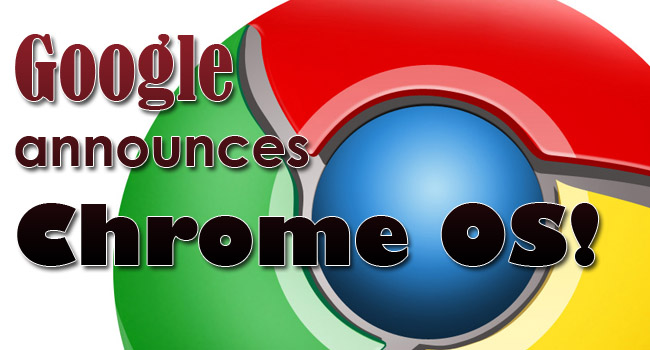
Google’s Chrome OS brings with it a cloud-based computing method. The push for in-browser gaming, streaming games and video, and minimal user installs will be huge. You will no longer install a client to a HDD. Instead, your entire account will be contained online. Most relevant to netbooks, the obvious eventual transition from Android to a mobile Chrome OS and the integration between the two (read: they’ll be nearly the same) will mean that we will no longer be tied to a platform. We’ll be able to access our games (and lives) from any product we can install the OS to. Play WoW on your LCD toaster, then pause it and pick up on your TV or mobile phone. It’s what XBox Live Anywhere promised, but Google is delivering.
OnLive
In the same vein as Google’s cloud-based operating systems, OnLive brings us a cloud-based gaming network. Apparently fully-realized and running almost smoothly, OnLive is a major firing shot in the war to go completely digital. No longer will publishers have to worry about piracy or issues with sales at big-box stores. The game software will be stored on servers around the US, playable from either OnLive’s console or on PCs and Macs… and even the iPhone. Essentially, the concept works on the same idea of streaming video from a remote box, a la Netflix. Add in a fairly standard gaming controller and the only issue becomes network speed.
And as we’ve come to find from almost every TelCo, that will be a giant chasm to overcome this year.
Facebook gaming has been around for a couple of years now, but the big news will be the coming of 3D worlds and more traditional gaming environments to the social network. A Facebook-based Call of Duty would potentially become the most-played game on the planet overnight. It’s coming, and this is the year that we’ll begin to see it.
3D
Next to Project Natal’s control, the coming blitz of 3D visuals will be the big story of 2010. Thanks to the incredible success of Avatar in theatres consumers will begin to look for the phenomenon to come to their homes. Sony has stated that in 2010 the PS3 will have a firmware update to allow for full 3D gaming. Couple that with incoming television technology and 3D may very well be the biggest story of the year.
What technologies are you excited about?

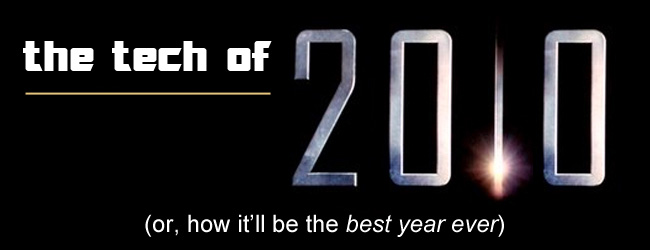

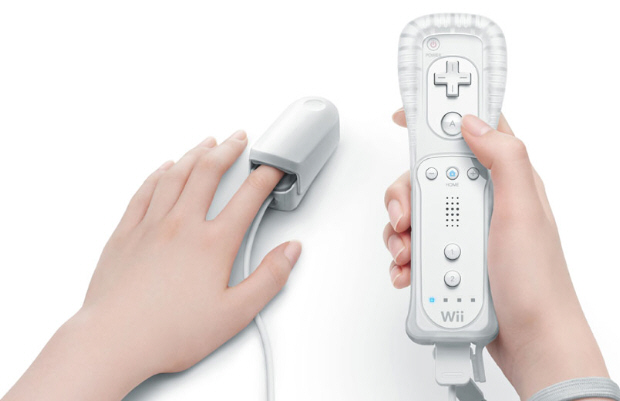

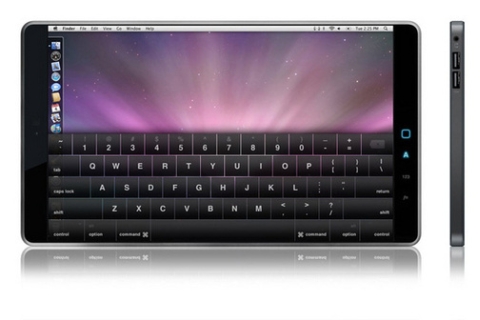
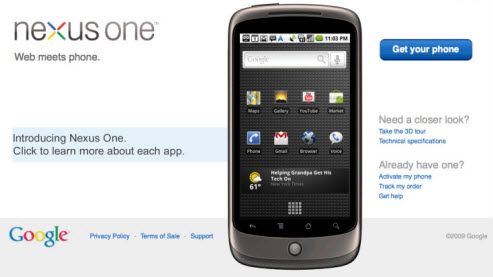
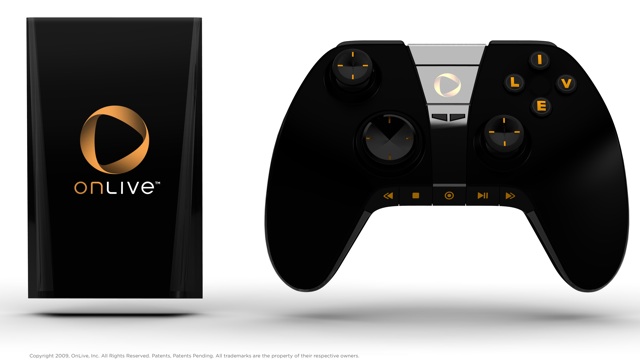


1 Comment